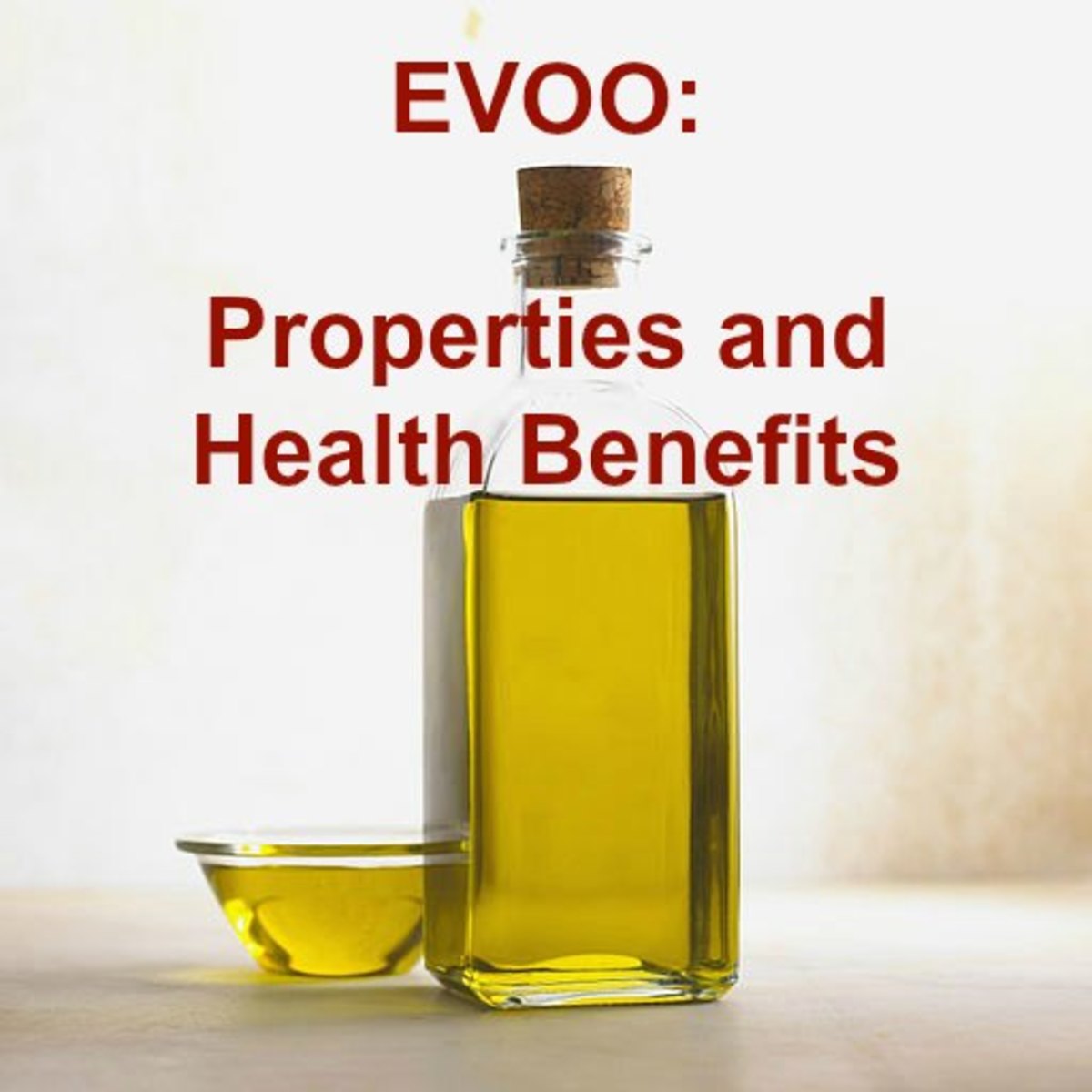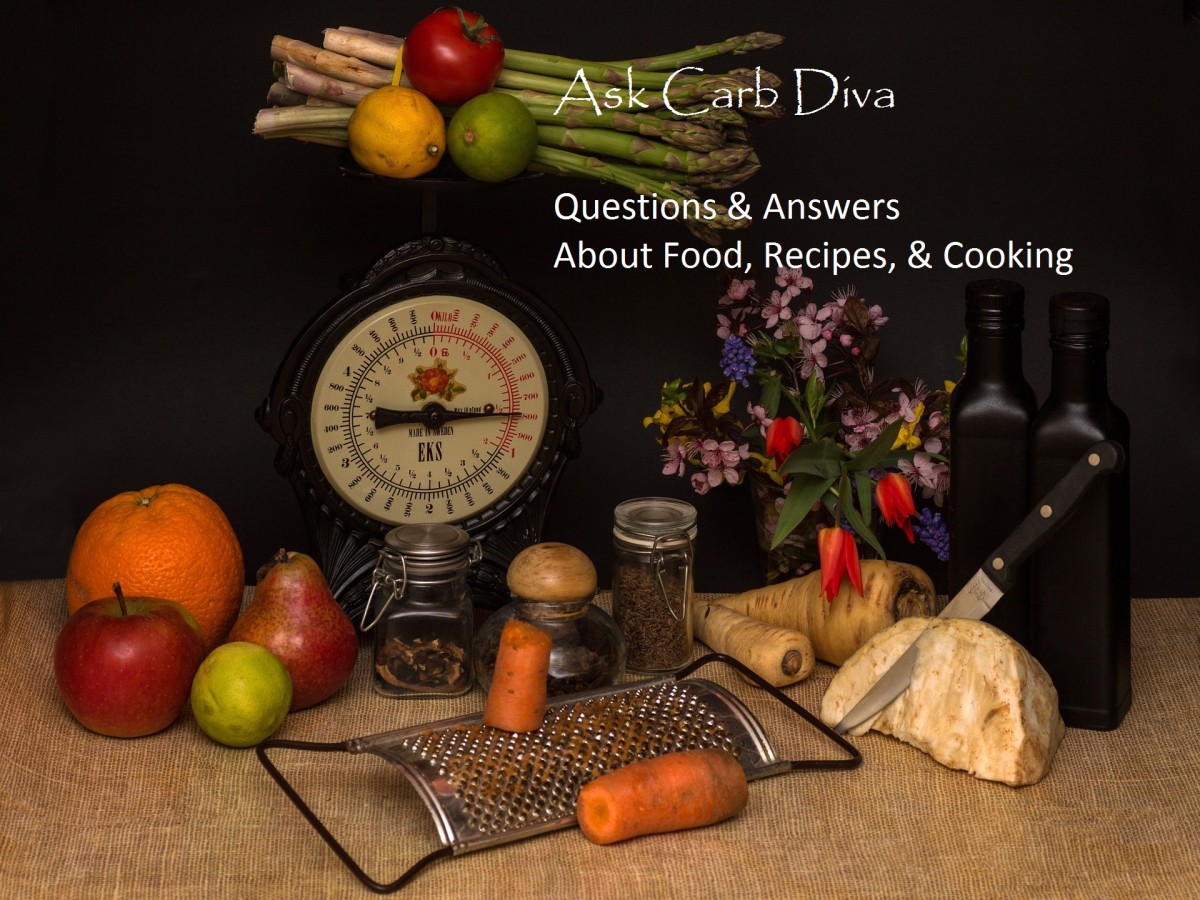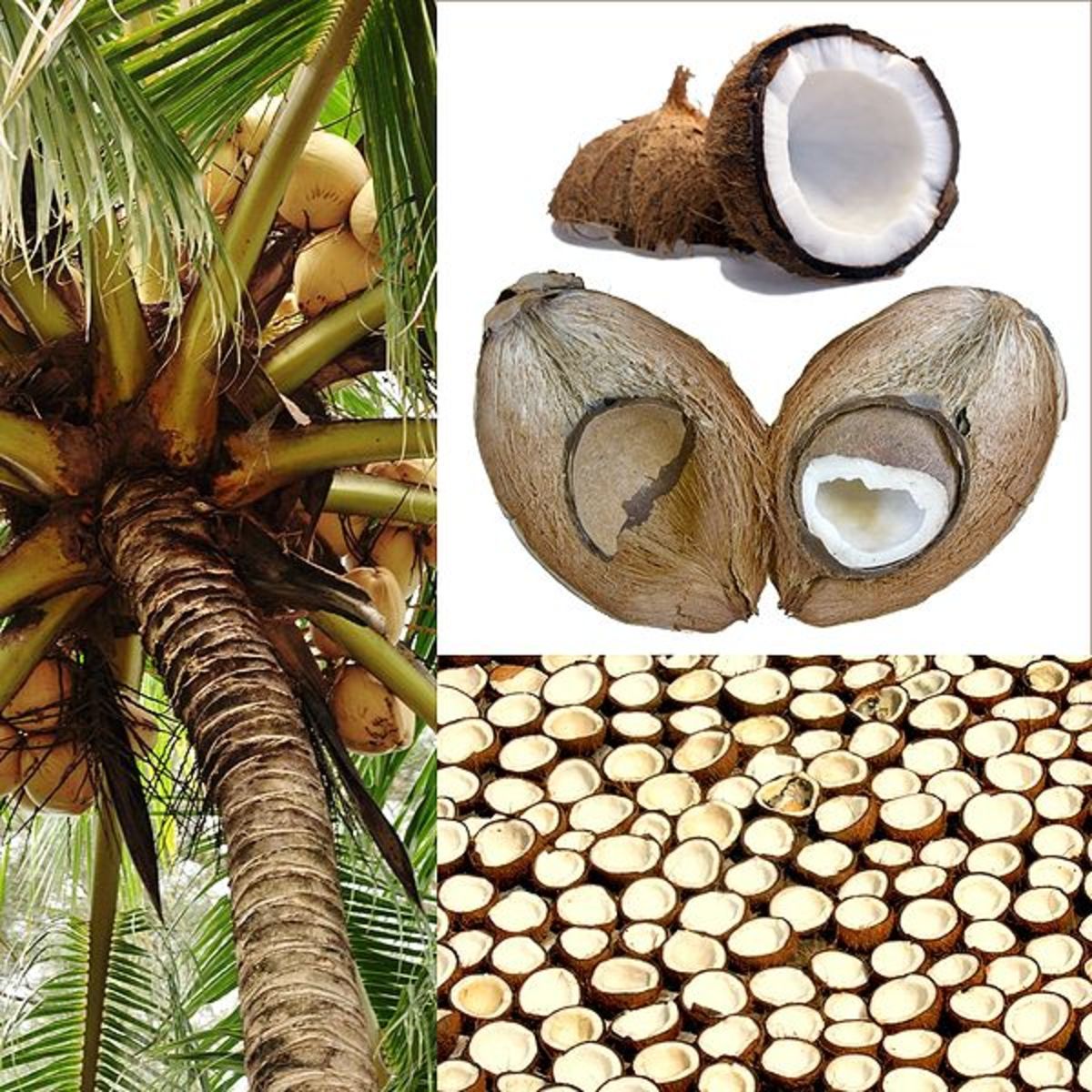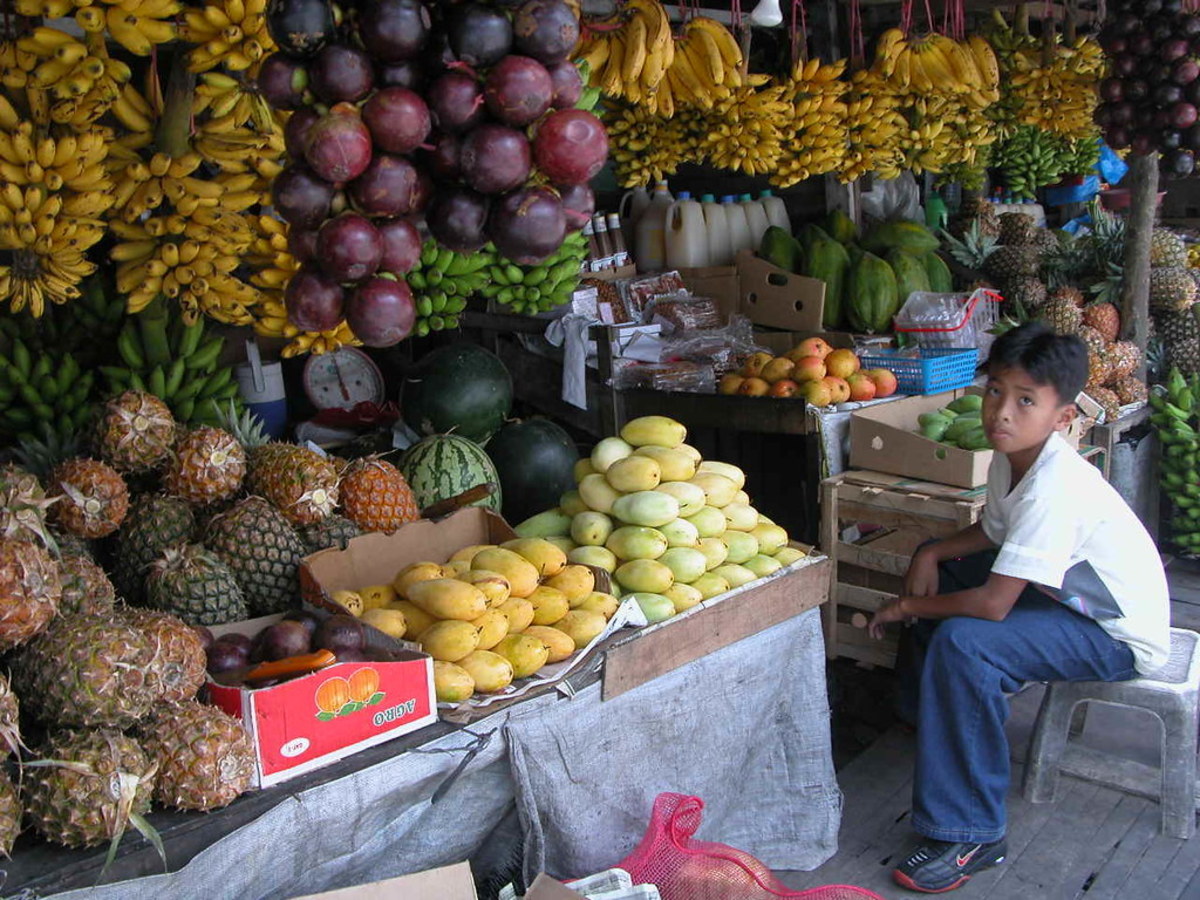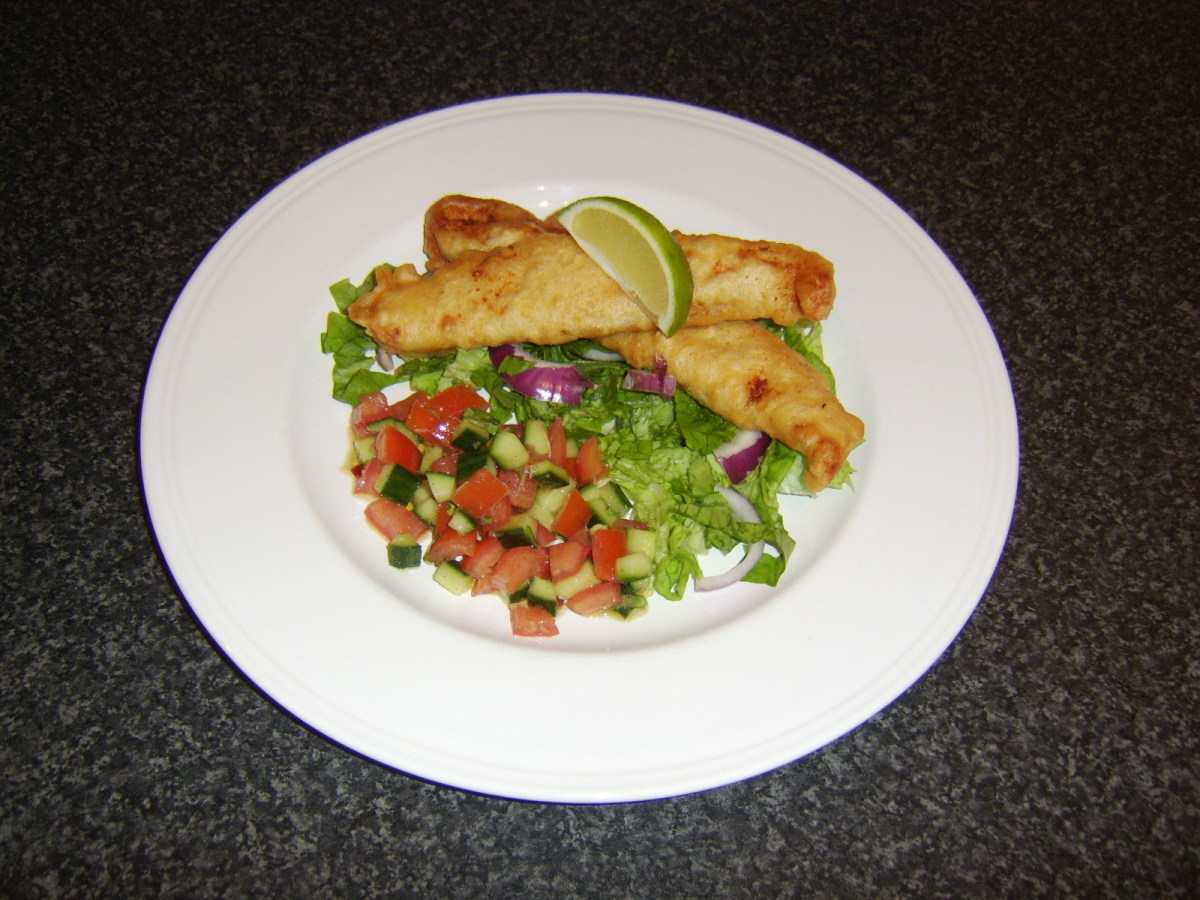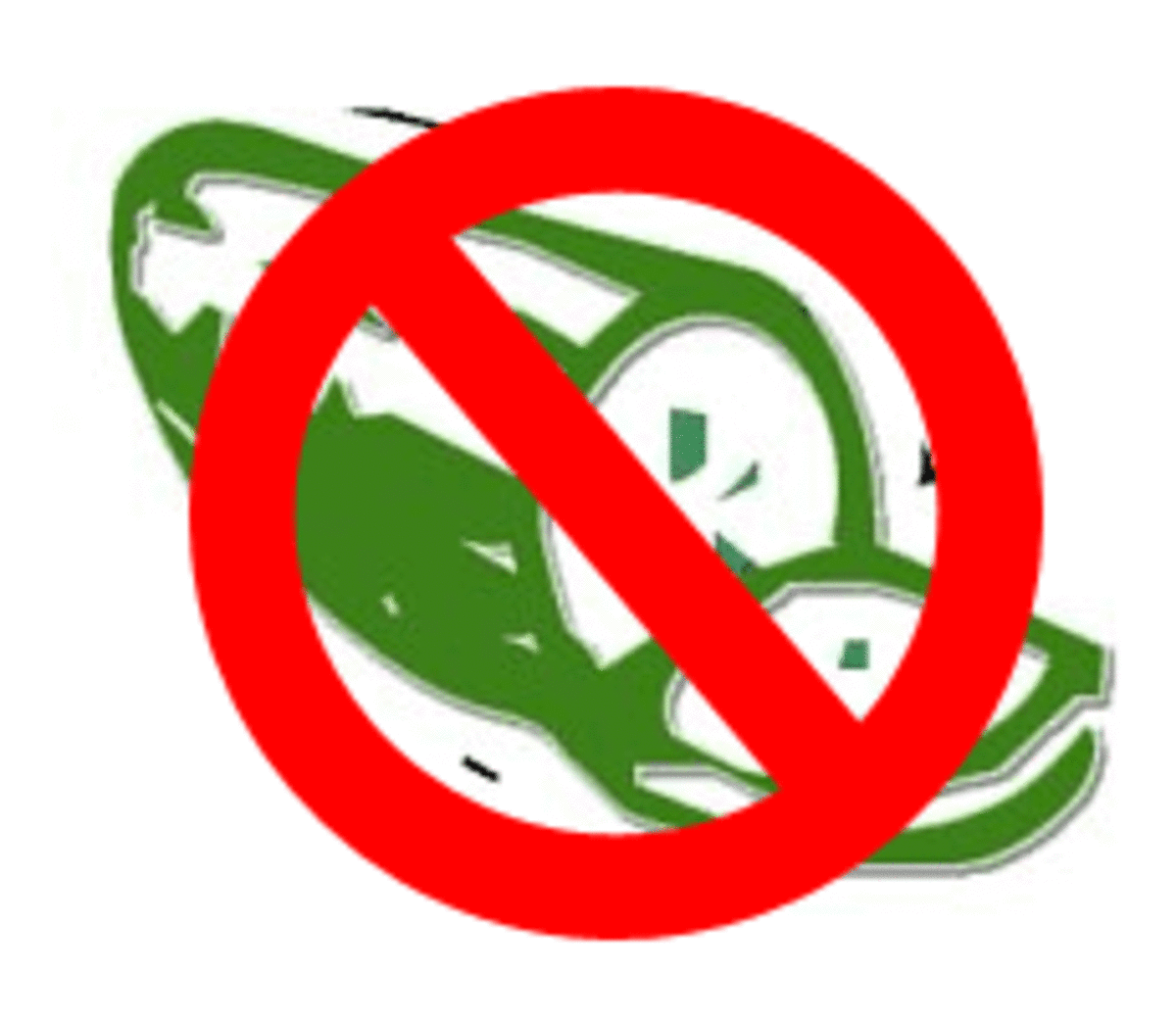EVOO

Extra Virgin Olive Oil
First the olive. Then the EVOO.
More than just green and black -- way more!
In fact the world's catalogue of olive varieties has over 2,000 entries. The basic olive tree is the species Olea europeaa. It is from this one species that come the 2,000 varieties recognized by agriculturists. Much of this has to do with the antiquity of humankind's use of and tinkering with (and love for) the fruit of this tree.
Here are some example of varieties: , Hojiblanca, Picual, Arbequina, Gordal, Manzanilla. Sound Spanish? It is no accident, then, that Spain is the world's largest producer of olive oil, accounting for over 45% of the world total. 400 of the 2,000 varieties are grown in Spain, but Cornicabra, Hojiblanca, etc. make up the vast majority of those in production. Spain is tops*, but there are plenty of other olive-growing countries. In fact, it's hard to think of countries that don't grow olives. China's olive production is growing by leaps and bounds.
Back to the 2,000 varieties. In what way are they different? In lots of ways. In size and color, for example. Manzanillas ("little apples") are large green olives, very different from Kalamatas, black olives originally from Greece. Also in texture, some are more meaty than others. Also in taste. These differences in taste, from slightly bitter to lemony, are now treasured rather than erased in a blended EVOO which is aimed at producing a universal taste. There are even tasting bars for EVOO these days. Obviously the EVOO producers are following the wine model which has proved so successful. Perhaps some day names like Picual and Arbequina will be as familiar as Merlot, Syrah, and Cabernet Sauvignon.
* However, see the "UC Davis testing" module below.
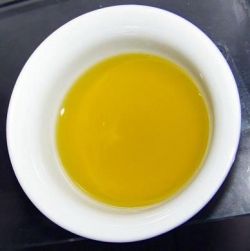
Now the EVOO
There are many options for getting oil from olives, but many fewer options if flavor is the first priority. Here's how the flavor-preserving process work.
The olives are mashed into a paste, traditionally under the weight of millstones. A more modern method is to use steel drums. The paste, which includes the pits, is then spread on disks made of fiber. The disks are then stacked one on top of the other and placed into a press which squeezes out a liquid. The two ingredients in the liquid are water and oil, and as well all know water and oil do not mix; indeed you can just use gravity to separate the two (the water is heavier), though nowadays a centrifuge is used.
The oil thus produced, using no chemicals, is classified as virgin olive oil. So what then is EVOO?
EVOO is virgin olive oil which meets special standards for acidity and taste. The International Olive Oil Council (IOC) gives this definition:
Extra virgin olive oil: virgin olive oil which has a free acidity, expressed as oleic acid, of not more than 0.8 grams per 100 grams and the other characteristics of which correspond to those laid down for this category in the trade standard.
That last part about the trade standard means EVOO must taste delicious, have a beautiful color, smell delicious, and equally delight our sense of touch. That's interpolating the standard a bit, but not too much.
In 2010, the US Dept of Agriculture adopted a standard for EVOO that is basically identical to the IOC's: "U.S. Extra Virgin Olive Oil" is virgin olive oil which has excellent flavor and odor (median of defects equal to zero and median of fruitiness greater than zero) and a free fatty acid content, expressed as oleic acid, of not more than 0.8 grams per 100 grams, and meets the additional requirements as outlined in §52.1539, as appropriate. The US is now the third largest consumer of olive oil.
(We sometimes see the words "first press" on the label. As we see from the description above of how the oil is produced, this doesn't mean anything, since the paste is pressed only once. It is true that the remainder (called "pomace") contains a very small amount, 5 to 10%, of oil. But this pomace oil cannot be extracted by further pressing. Chemical solvents must be used.)
Warning: Not every oil labeled EVOO is actually EVOO. See below.
The UC Davis testing
In 2010, the Olive Center at the University of California at Davis gathered up bottles of 14 brands of EVOO and analyzed 52 samples. The Center then issued in July a report showing that 69 percent of imported olive oils labeled as "extra virgin" failed the IOC sensory standard.
A second report based on a larger set of samples was issued nearly a year later. The new report also noted that since the first one was published Spanish authorities had identified quality problems in Andalusia, the world's most productive region.
The second report analyzed some domestic olive oils as well as imported ones, and it dealt with fewer brands but more samples of each. Also, this report added a second panel of taste testers, members of both panels being IOC-accredited. The findings were again shocking. Of the 5 top-selling imported EVOO brands, 73% of samples failed the IOC sensory standards in both panels. Failure was as high as 94%, and the low was 56%. The best-selling premium Italian brand failed both panels, though no Australian or California samples failed both.
Failure, according to the report, was due to oxidation (from heat, light, and/or age); adding cheaper oils, use of damaged and overripe olives, or flaws in processing.
See http://olivecenter.ucdavis.edu/faqs/what-we-do
scallops and EVOO

Filtering
Sometimes the oil is filtered. This eliminates tiny solid particles. Those who do this filtering believe the particles might reduce the oil's shelf life.
Nowadays, it is the fashion among high-end EVOO to proclaim that the oil is unfiltered. The oil may appear slightly cloudy, though this is sometimes not particularly noticeable. The idea being promoted here is that this adds to the distinctive taste. Most of the producers of unfiltered EVOO are small scale producers charging a high price. Another idea being promoted here is that lack of filtering makes the oil, which of course is already green, more green, in the ecological sense. French bread anyone?
- Last Drop
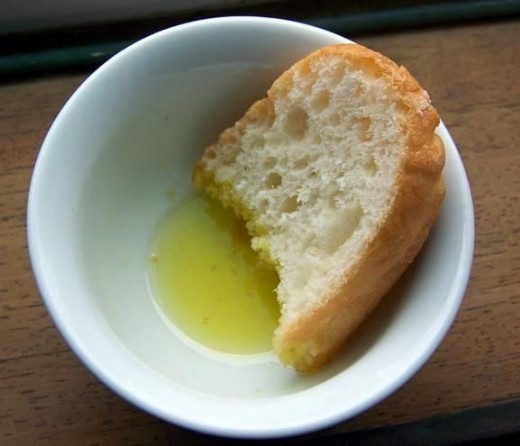

Careful with EVOO
Heat and Light. Normally pretty good things, but no friends of EVOO.
Remember that EVOO is cold-pressed. The reason for that is to preserve flavor. Obtaining oil in circumstances that are hot, or, worse, directly by the action of heating, significantly compromises the flavor of the oil, and flavor is what we are looking for.
Light has similar effects, so that is why most good EVOO comes in, or should come in, dark green bottles. If the bottle glass is not dark, the EVOO should be stored in a cabinet or in a dark corner.
One Source


History
The island of Crete in the Mediterranean is generally thought to be the place where cultivation of the olive tree first took place. The argument for this Cretan origin is based largely on the presence there of amphorae used for olive oil which date back to the Minoan civilization, 5,500 years ago. Indeed, those amphorae represent an advanced sort of production, so the earliest cultivation is likely anoher 500 or one thousand years before that.
Some scholars believe in a different story, however. They point to the Biblical Canaanites who lived in what is present-day Israel about 4,500 B.C.as the first cultivators. Could be..
Remember, there are 2000 varieties of olive tree, so it is pretty clear that this whole thing goes back a very long way.

Avoid these at all costs!
Yes, these are those canned "olives". They have in fact been processed so thoroughly that their claims to be olives are questionable.
The processing includes chemicals, almost always something called ferrous sulfate. This turns olives black and scrubs away all the wonderful flavor that we want olives and olive oil for in he first place. Ferrous sulfate reduces chromate in cement and is a lawn conditioner and helps metal resist corrosion.
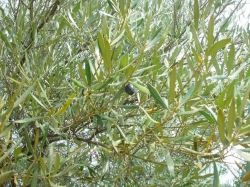
Parting facts
Sustitute EVOO for butter:
Artichokes -- a) dip the leaves in a vinaigrette of EVOO and red wine vinegar or b) dip them in EVOO flavored with garlic, rosemary or thyme, maybe a little cumin, and salt.
Popcorn -- just dribble EVOO over the freshly popped corn, not forgetting the salt.
Grilled corn -- dribble or brush each cob with EVOO, not forgetting the salt.
Lobster -- dip pieces of boiled or steamed or grilled lobster into EVOO flavored with crushed celery seed, coarse ground salt and pepper, maybe a little cumin.

